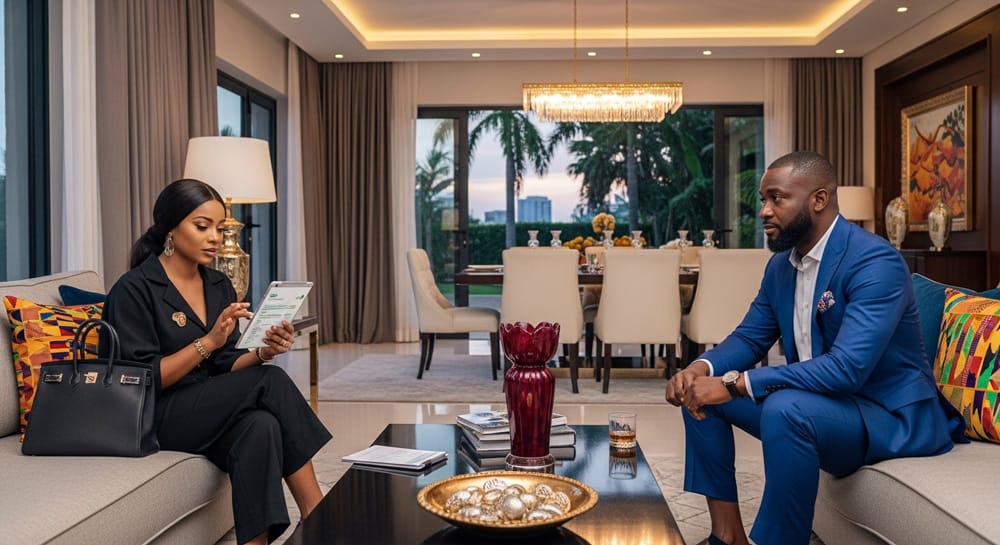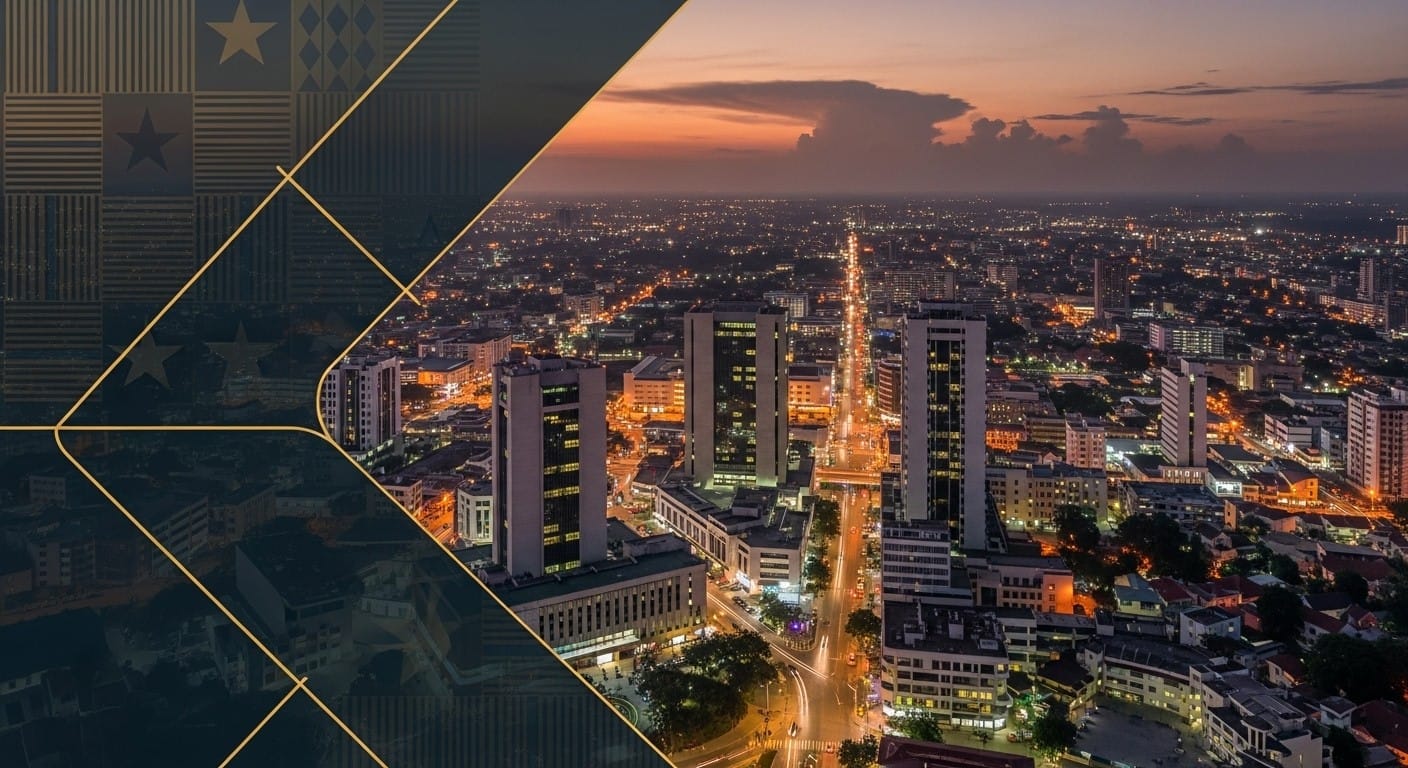Ludwig Mies van der Rohe quotes on Architecture
Less Less is more.
By: Ludwig Mies van der Rohe van der Rohe
Embracing the Power of Simplicity
There’s profound wisdom in the phrase “Less is more,” a concept that transcends its mere four syllables. It’s a mantra that has echoed through the ages, finding its place in art, design, literature, and within the very fabric of our daily lives. This idea, popularized by the architect Ludwig Mies van der Rohe, has become a guiding principle for those seeking clarity and purpose in an increasingly complex world.
But what does it mean to truly embrace “Less is more”? It’s about stripping away the unnecessary, cherishing the essential, and finding beauty in simplicity. It’s a call to declutter not just our physical spaces but our minds and schedules as well. In a society that often equates success with excess, this concept serves as a refreshing counter-narrative, urging us to reconsider what we truly value.
The Dynamics of Motivation and Simplicity
Motivation often comes from a place of wanting more: more success, more recognition, more possessions. Yet, the pursuit of more can lead to a cluttered existence, both physically and mentally. By adopting the “Less is more” philosophy, we can reframe our motivation. We can strive for improvement not by adding, but by subtracting. It’s about focusing on what propels us forward and letting go of what holds us back.
Imagine your life as a garden. Each commitment, goal, and possession is a plant. Over time, without proper care, the garden becomes overgrown. Some plants wither due to neglect, while others choke from the competition. By thoughtfully pruning and tending to your garden, you allow the healthiest, most vibrant plants to flourish. This is the essence of “Less is more” in action.
Life Productivity Through the Lens of Less
Productivity is often misconstrued as doing more in less time. However, true productivity is about doing the right things efficiently, which aligns perfectly with “Less is more.” It’s about prioritizing tasks that have the most significant impact and saying no to those that don’t align with your goals. This approach not only improves productivity but also enhances the quality of your work and life.
Consider the tools we use every day. A Swiss Army knife, with its multitude of functions, seems useful. Yet, often, a simple, well-crafted knife is the better choice for cutting. It’s the same with our tasks and commitments. When we focus on fewer things, we can hone our skills and achieve mastery, rather than being mediocre at many.
Improvement Advice Wrapped in Joy
Improvement doesn’t have to be a grueling process. When we embrace “Less is more,” we create space for joy and spontaneity. It’s about finding happiness in the small, everyday moments and appreciating what we have. This mindset shift can lead to a more fulfilling and less stressful life.
Think about your favorite memories. Often, they’re not about grand gestures or expensive possessions but about the laughter shared with a friend or the peace of a quiet afternoon. By simplifying our lives, we make room for more of these moments that truly matter.
Practical Steps to Apply “Less is More” in Your Life
- Declutter Your Space: Start with your physical environment. Clear out items you don’t use or need. This act can be surprisingly liberating and can also help clear your mind.
- Prioritize Your Tasks: Make a list of your daily tasks and identify the ones that are essential. Focus on completing these before moving on to less critical activities.
- Limit Distractions: In an age of constant connectivity, find time to disconnect. Carve out periods of your day to be free from digital interruptions.
- Practice Mindfulness: Take time each day to be present in the moment. Whether it’s through meditation, a walk in nature, or simply enjoying a quiet cup of tea, mindfulness can help you appreciate the simplicity of life.
- Embrace Quality Over Quantity: Whether it’s possessions, relationships, or experiences, focus on the quality rather than the quantity. Invest in things that bring lasting value and joy.
By taking these steps, you can begin to experience the transformative power of “Less is more.” It’s a journey that doesn’t happen overnight, but with each step, you’ll find more space, more time, and more peace.
Conclusion: The Surprising Joy of Less
In a world that often shouts that more is better, it takes courage to swim against the current and choose less. Yet, those who do often find a surprising truth: in having less, they gain so much more. More time, more clarity, more joy. “Less is more” is not just a design principle; it’s a way of life that can lead to profound happiness and fulfillment.
So, take a moment to consider what “Less is more” could mean for you. It might just be the secret to unlocking a more motivated, productive, and joyful life.
FAQs about “Less is More”
- What does “Less is more” mean?
“Less is more” is a phrase that suggests simplicity and clarity lead to good design and that eliminating unnecessary elements can lead to a more effective result. It encourages focusing on the essentials and removing excess.
- How can “Less is more” improve my productivity?
By adopting the “Less is more” philosophy, you can improve productivity by prioritizing tasks that have the greatest impact, reducing clutter, and minimizing distractions. This allows you to focus on quality work rather than quantity.
- Can “Less is more” be applied to personal life?
Yes, “Less is more” can be applied to personal life by decluttering your living space, simplifying your schedule, and focusing on meaningful relationships and activities. It promotes a more mindful and fulfilling lifestyle.
- Is “Less is more” about having fewer possessions?
While “Less is more” can involve having fewer possessions, it’s more about the value and purpose of what you choose to keep. It’s about quality over quantity and ensuring that your possessions serve a meaningful role in your life.
- How can I start implementing “Less is more” in my life?
To start implementing “Less is more,” begin by decluttering your physical space, setting clear priorities, limiting distractions, practicing mindfulness, and choosing quality over quantity in various aspects of your life.
- Does “Less is more” mean I have to live a minimalist lifestyle?
“Less is more” doesn’t necessarily mean you have to live a minimalist lifestyle. It’s about finding the right balance for you, where you can focus on what’s truly important and eliminate the excess that doesn’t add value to your life.
- Can “Less is more” help with stress and anxiety?
Yes, “Less is more” can help with stress and anxiety by reducing the clutter and chaos in your life, leading to a clearer mind and a more peaceful environment. It encourages you to focus on the present and what truly matters.
- How does “Less is more” relate to time management?
“Less is more” relates to time management by encouraging you to prioritize your tasks and commitments, focusing on what is essential and eliminating what is not. This leads to more efficient use of your time and less time wasted on unimportant activities.
- Can “Less is more” make me happier?
Many people find that “Less is more” makes them happier by allowing them to focus on quality experiences, relationships, and possessions that bring joy and fulfillment, rather than being overwhelmed by quantity and excess.
- How can I maintain the “Less is more” philosophy in a consumer-driven society?
Maintaining the “Less is more” philosophy in a consumer-driven society involves being mindful of your choices, resisting the urge to accumulate unnecessary items, and continually reassessing what is essential for your well-being and happiness.










